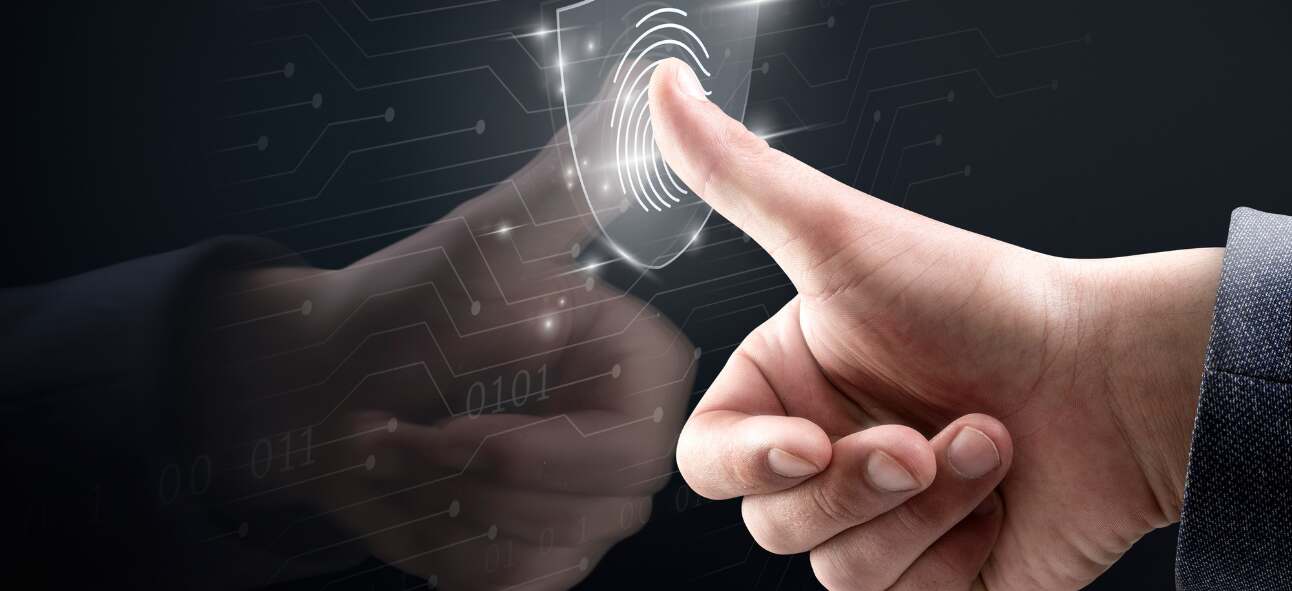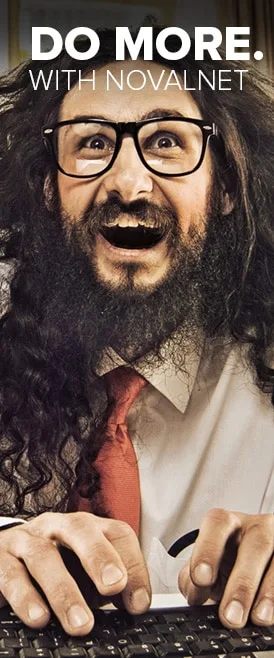Fraud prevention is and will always be a top priority for businesses. Keeping payments and data safe from hackers is essential to become a trusted business and win loyal customers. As such, biometrics, such as fingerprint scan or Face ID, have become increasingly important to keep payments safe and ensure thorough authentication to prevent fraud. Biometrics helps a business to verify that a user is genuine and prevent fraud, thus ensuring customers enjoy a secure checkout experience. In 2023, businesses have to prioritize biometrics in their payment setup in order to keep payments secure. Innovation within the payment industry in Europe have also made matters more conducive to higher adoption of biometric payments. Read on to know more.
What is biometric verification and how does it work?
Biometric verification is a way to verify a user’s unique identity by evaluating one or more biological identifiers such as fingerprints, iris/ retina patterns, or voice.
The process of biometric verification works in the following ways:
- When a user signs up with an account, a copy of the user’s unique characteristic, such as their fingerprint, iris/ retina scan, or voice is made and stored in a database.
- When the user logs in to access their account later, the system captures a new record (of their fingerprint, face scan, etc.) and compares it with the earlier version saved in the database. If the two versions match, the user’s identity is confirmed and authentication is completed.
- The biometric data is stored in the cloud server, and can be easily accessed by authorized parties. A business can use biometric verification for any customer, regardless of where they are located, using cloud-based systems.
Types of biometric verification
The most common types of biometric verification include:
1. Fingerprint scan
Fingerprint ID is perhaps, the most common form of biometric authentication, because it is reliable, convenient, and has been successful. Most of modern-day smartphones use fingerprint scan to quickly verify the user’s identity. This technology is reliable because it cannot be duplicated. IT is also harder for a fraudster to manipulate another person’s fingerprint scan to access their device or location.
2. Face ID, iris or retina scan
Facial recognition maps out the facial features of users and compares them to stored facial biometric data to verify their ID. What makes this method common is because there are several unique identifying points on an individual’s face, hence this method is quite secure. An example of facial identification is the Face ID feature in Apple devices. Similar to fingerprints, iris and retina patterns are unique to each person, which makes a very reliable biometric identifier. This form is secure and reliable. An iris scanner collects as many as 200 unique biometric features.
How are biometrics used in payments?
Using biometrics, shoppers can pay directly using their fingerprint/ iris scan, face ID or voice recognition. Such payments are called biometric payments. They do not require PINS and passwords, no need to type buttons, and no touch. At a store, a retailer can authenticate shopper payments based on their physical characteristics like their fingerprint, iris, face, or voice. These payments use 2-factor authentication, hence are more secure. They also comply with the PSD2 regulations in Europe. What makes biometric payments a hit is that they are simple to use, are quick, and shoppers can pay directly with their smartphones (for example, using a digital wallet app), and not have to fish around for a card or bother about passwords.
Fingerprint scan is the most common use case for biometrics, but face recognition is growing in prominence as well. For example, Apple Pay users can now pay using face recognition, along with a PIN, in the newer iPhone models. Some forms of biometric payments include contactless credit and debit cards (for e.g., Visa Tap to Pay), digital wallets like Apple Pay and Google Pay, and QR code payments.
Why are biometric payments becoming popular?
A recent report from ECB shows that a growing number of shoppers in Europe prefer biometric payments, because of the convenience, speed, and safety. Secure payments are essential, along with secure and reliable payment authentication methods. Tech-savvy shoppers in particular prefer the use of biometrics and QR codes for payment authentication. This includes logging into accounts, confirming identity, and making payments. Biometric payments can be used in all physical stores, of all sizes – from retail stores, grocery stores, and supermarket chains to small cafes or mom-pop stores. And with people concerned about social distancing, biometric payments become an obvious choice because they are contactless, fast, and easy to use.
How do biometrics keep payments safe from fraud?
Biometric data is unique to every user, and hence cannot be copied, changed, or replicated. Hence, they are a stronger safety option rather than, say a password. Most users keep weak and unsafe passwords that can be easily hacked. Biometrics removes this threat. But, a point to note is that it is important where the biometric data is stored. And it should be stored securely. Because if a database keeping ID records of users and customers gets hacked, the user data could be deleted or manipulated, which in turn, would affect the reliability of the entire biometric system.
How Can Novalnet Help?
We can help you set up biometric payments easily and the best cost. Our technology helps you to accept payments globally in 125+ currencies in 150+ automated country-specific payment methods. As a global payment service provider, Europe’s leading brands trust us to process payments smoothly. You can set up your payments within minutes with minimal coding using our instant payment plug-ins. Our AI-based risk management solutions and advanced analytics help you design the best payment experiences for your customers, all in a fully secure environment. Reach out to us today to know more about how we can help your business.
Jose Augustine is the Chief Business Development Officer at Novalnet with extensive experience in European payment industry and a knowledge powerhouse.












